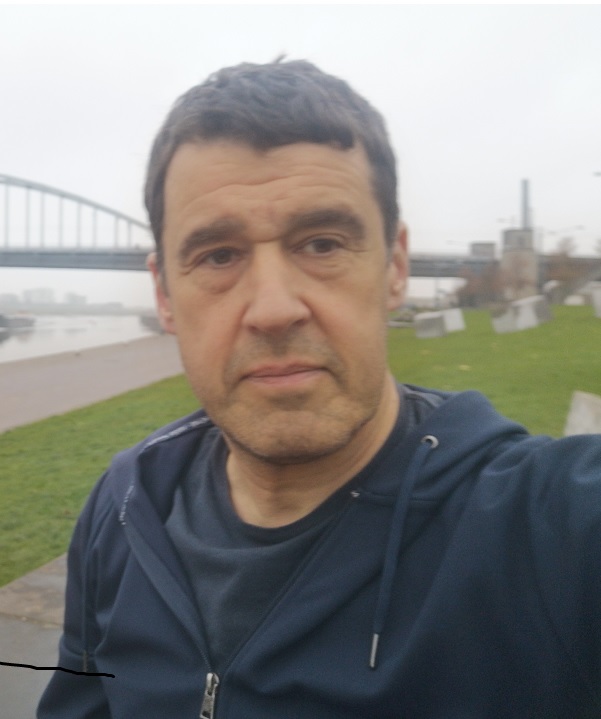Tom Palmer on his new book, Resist!
Posted on Monday, November 7, 2022
Category: Book Blog

Author Tom Palmer introduces his new book, Resist, published by Barrington Stoke, which was inspired by the experiences faced by the famous dancer Audrey Hepburn during World War II.
RESIST!
Download a chapter from Resist
Resist is about a 14-year-old girl living in a country that has been invaded by its neighbour over the border. Her town is occupied and, at times, as war is fought on her street and in the skies above it, she has to hide in the cellar for fear of incoming bombs and shells and bullets. These events last five years. During that time, members of the girl's family disappear. One flees abroad, another is in hiding. One is enslaved by the enemy, forced to work in a factory. Another is executed. The 14-year-old girl is living a nightmare. She is hungry. She is afraid. She is sad.
The book is inspired by the real events in the childhood of Audrey Hepburn, who lived close to Arnhem in the Netherlands during the Second World War, though she is known as Edda to her family and in the book. The occupiers are Nazi Germany. It is set in 1944 and 1945. When I was writing Resist, the Russian army was amassed on the border of Ukraine. I didn't make the link between what could happen in Ukraine and the story I was writing. Most experts didn't expect them to invade. But Russia did invade.
The reason I write books about war is the same reason I think it is studied in schools. So we understand what has happened in the past then we can make sense of the present and children can make sense of the future. And we can maybe do something about it. That's why I wrote Resist. To show what war was like for a girl not much older than most of my readers and how she coped. I am sad to say that many of the scenes that happen to Edda in Resist have been happening and are happening to children in Ukraine as I write this blog.

Resist shines a light on the incredible work of the WWll Dutch resistance, in a story inspired by the childhood of Hollywood legend Audrey Hepburn; this is her statue in Velp, The Netherlands.
One of the main things I got from researching Audrey Hepburn's story was that she was scared, but that, even so, she did brave things to help undermine the Nazis' occupation of the Netherlands. She delivered resistance newsletters to private homes in the dark. She danced in illegal shows to raise money for the resistance. She went to help shot-down airmen in the woods north of her town. If she had been caught doing any of this, she and her family may have been executed, tortured or sent to a concentration camp. But she was afraid while she did each of these things.
I think that it is really important to show fear alongside bravery in a children's book. If a child is in a scary situation, they are going to be scared. There's no point in showing my hero feeling no fear or pain, no sense of loss. She has to feel all that like we would feel all that, then my readers can relate to her and not see her as someone they could not be, like a superhero.
That's the point for me. Edda is like millions of other children across the world. She likes dance. She lives with her mum because her parents have split up. Some very tough things have happened in her family recently. She is not running around killing or knocking people out.
She is doing all the things I listed above, as well as helping refugees who have had to leave their home, teaching children to dance so they don't have to think about living in a warzone, foraging food under the noses of the enemy because her family are starving. Edda is part of a community who are doing their best for everyone in the hope that everyone will make it through. These are all things Audrey Hepburn did in occupied Holland.
Audrey Hepburn is a role model for me. She suffered, but she still tried to do what she could for those around her who needed help. Just as other people around her saw that she needed help and they helped her. She was kind. She was brave. She did her best. When older and famous as a film star, she used that fame to work with UNICEF and draw attention to countries where children were suffering - as she did - because of war and famine.
I want to be like Audrey as I face my own challenges. Challenges that are very different from hers, but are challenges all the same. I hope that showing what Audrey had to face, and how she coped and behaved, will inspire children, too. To face their own challenges, as Audrey did. And to sympathise and to act to help people who are suffering war and famine now. As Audrey did, too.
